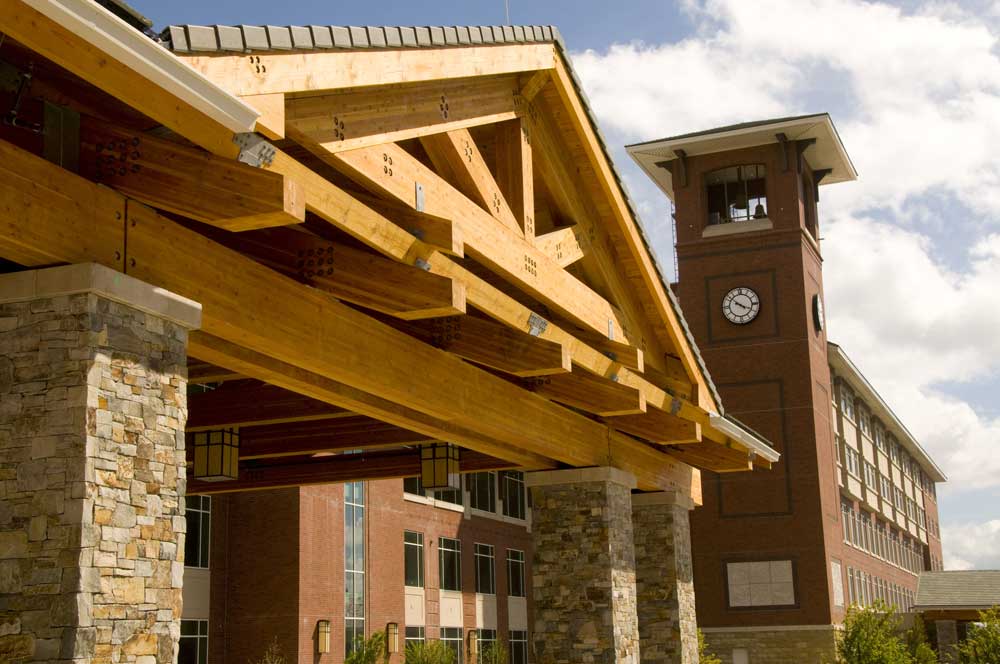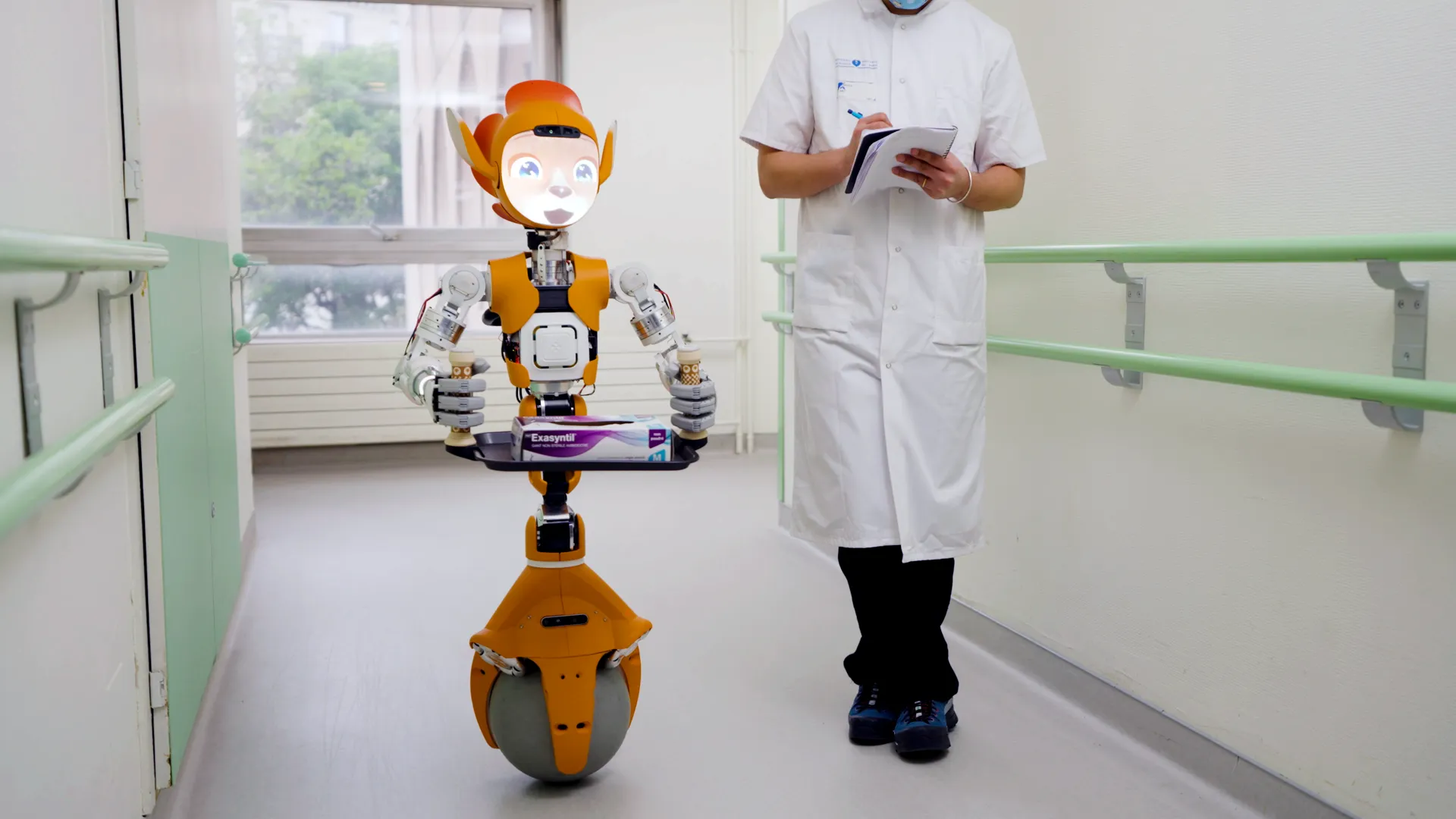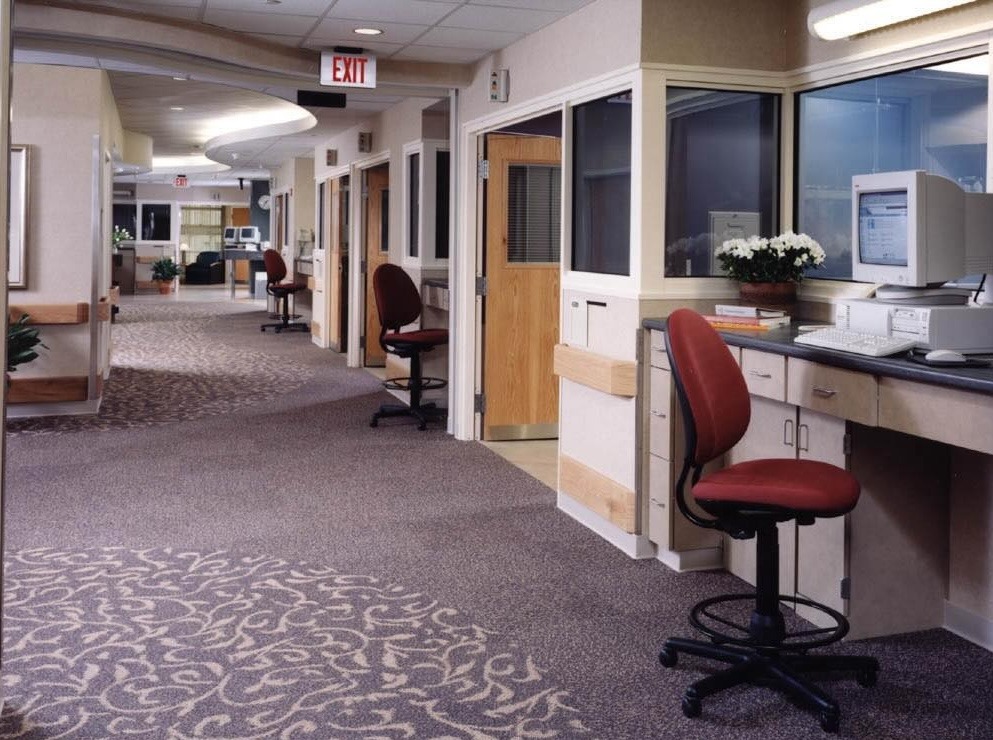Last month after Soliant released its list of most beautiful hospitals in America, I wrote a post about hospital design not being a beauty contest.
I still believe that hospital design is not a beauty contest, but thanks to the International Well Building Institute (IWBI), I have a new appreciation of the meaning of beauty in design.
Beauty in Design is More Than Just Aesthetics
In a post titled, "Why Beautiful Spaces Make Us Healthier," Rose Winer and Julia Keim make the following points about beauty in design:
- The function of beauty in design extends beyond aesthetics to influence human health and well-being
- Beauty in design can be defined as a combination of design principles, design elements, and aesthetics
- Research demonstrates that beautifully-designed spaces support psychological and emotional wellness and foster collective community engagement and unity
- Encouraging and maintaining beauty in spaces can add value for people in our buildings, project owners, and the surrounding community
Ever hear of neuroaesthetics? Winer and Keim explain that it's a field of study that examines aesthetics from the perspective of neuroscience (study of the nervous system), capturing the "psychological effects of beauty incorporated into design."
Features That Integrate Beauty and Design
Beauty and Design have always been required for WELL Building Standard project certification. They fall under the Integrative Design feature.
Those submitting projects for certification are asked to write a narrative that addresses the following features that integrate beauty and design:
- Celebration of culture (e.g., culture of occupants, workplace, surrounding community)
- Celebration of place (e.g., local architecture, materials, flora, artists)
- Integration of public art
- Human delight
While there isn't a healthcare category for WELL Building Standard projects, all of these features are essential to great hospital projects. And if any building should be healthy, it's a hospital.
I hope the Soliant folks read the WELL Building post. It might help them define what beauty really means to hospitals and their patients, families, and staff.
P.S. Please do me a favor -- if you liked this post and like this blog, please share it with others by sending them the link or posting it on your Twitter, LinkedIn, or Facebook. Also, don't forget to subscribe, so you'll get emails when new content is posted. Thanks!
Photo: PeaceHealth Sacred Heart Medical Center at River Bend, Springfield, Ore. Lead Architects: Anshen+Allen Architects (now Stantec). Photography: David Wakely.







